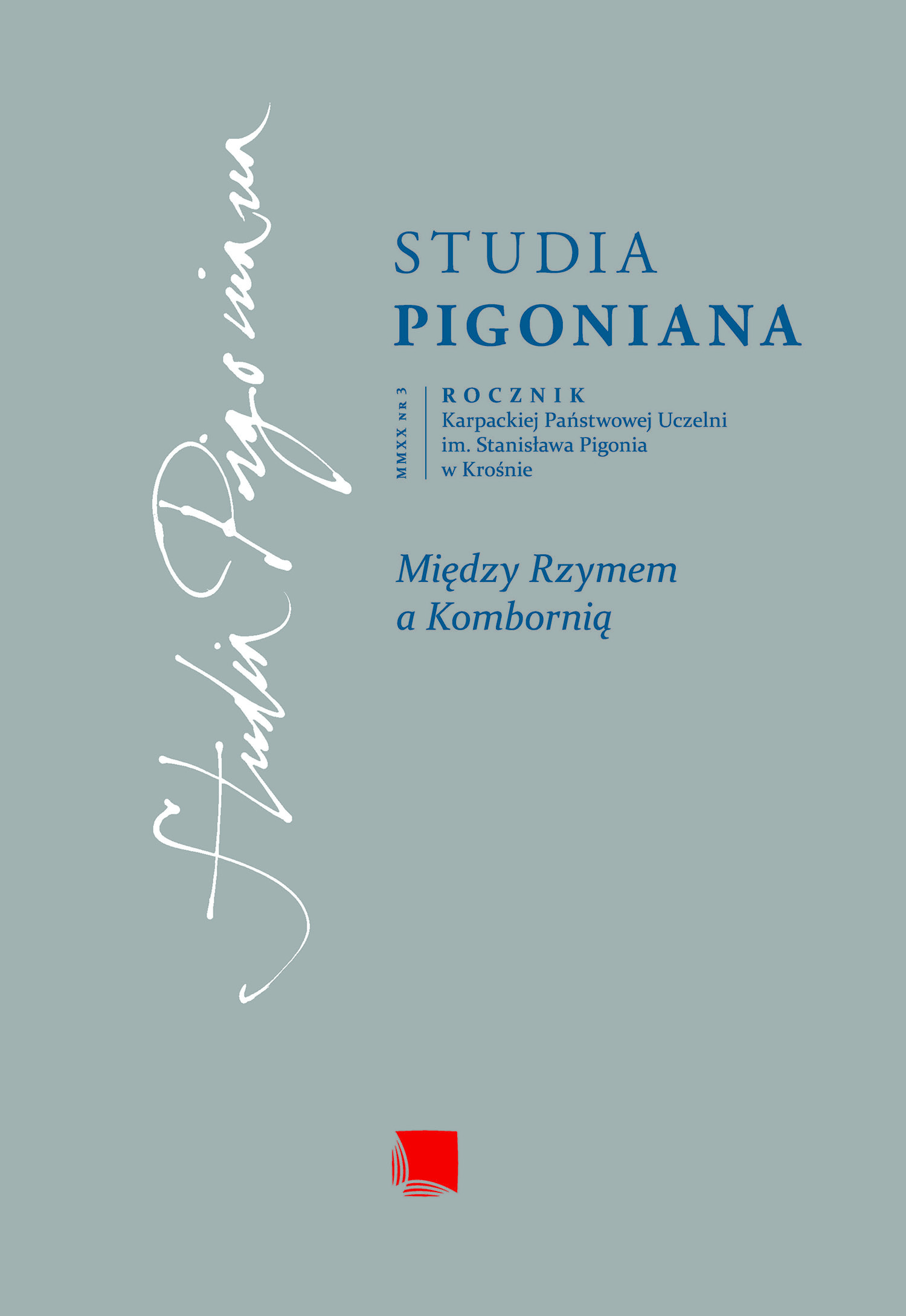Zagadnienia związane z fundacją drewnianego kościoła w Haczowie w kontekście najnowszych ustaleń chronologicznych
Issues Related to the Founder of the Wooden Church in Haczów in the Context of the Latest Chronological Findings
Author(s): Piotr ŁopatkiewiczSubject(s): History, Fine Arts / Performing Arts, Architecture, Local History / Microhistory, Middle Ages, History of Art
Published by: Wydawnictwo Naukowe PIGONIANUM
Keywords: Haczow; wooden sacral architecture; gothic wall paintings
Summary/Abstract: The aim of this article is the presentation of the Author’s research results concerning the issue of the founder of the wooden church in Haczow, one of the most important sacral architecture monuments in Poland. Dendrochronological studies prove that the sanctuary was built around 1459. The church in Haczow is most definitely one of the oldest, and best preserved monuments of wooden sacral architecture on the Polish lands. The Author assumes that the Piotr Łopatkiewicz founder of the church most likely was Casimir Jagiellon. However, other important roles in the building of the church, were played by then village administrator, Mikołaj Lemkircz, a juror of the Higher Court of German Law at the Castle in Sanok and Mikołaj Klukwicz, townsman and town councillor from Krosno, as well as owner of Haczow village. Presumable contribution to the foundation made by Mikołaj Klukwicz (Krosno councillor) points to Krosno as the nearest and the largest municipal centre from which some of the craftsmen performing carpentry work could have come. A separate issue is the person who was the founder of the paintings in the aforementioned church. The paintings were created (as we know) in 1494. According to the Author, their founder was Stanisław Jeżowski living in Haczow, a noblem and the leader of High German Court in Sanok. In 1494, the year of the painting foundation, Jeżowski borrowed 600 zloty in gold from Mikołaj Juriowski by way of pledge on the Haczow village. This debt may have been directly related to the foundation of the paintings in the Haczow wooden church. Another reason to believe that he founded these paintings is the double presence of the depictions of St. Stanislaus (the founder’s patron saint) in the painting decoration of the church presbytery.
Journal: Studia Pigoniana
- Issue Year: 3/2020
- Issue No: 3
- Page Range: 187-204
- Page Count: 18
- Language: English, Polish

